I wasn't here to catch another mainline train, however -- I was on my way to the oddball Roma-Giardinetti Railway, a narrow-gauge tram line that runs from an abandoned-looking platform at the far end of Termini (over a third of a mile from the main entrance). This is a very strange old line that was once akin to an old-fashioned interurban service, but which has been cut back to a short stub within Rome (which doesn't appear to go anywhere useful, but it seems to get decent ridership so I guess it's useful to locals). I was mostly interested in it for its trains, which are some of the oldest still running in regular, non-heritage service anywhere. This first train dates to the 1940s, and is a somewhat strange setup with two separate cars, one of which has the pantograph, motors, and one cab, while the other is a trailer with the other cab.
Currently, the far end of the line is at Centocelle, home to a surprisingly modern station (including higher platforms and an underpass, but still not accessible) and the maintenance base where the line's ragtag assortment of rolling stock (I suspect much of which no longer works) is stored. It's supposed to go a few stops further to Giardinetti (hence the name), but that hasn't run since at least 2015.
I stuck around Giardinetti until one of the line's oldest trams, dating back to 1926 (a year older than the famous Milan trams!) arrived. These look very similar to the 1940s ones (both received a rather unfortunate update in the 60s that stripped them of any charm), but have an even stranger configuration with three cars, where the center one is the "locomotive" (that's what the Italian Wikipedia article seems to refer to it as, though you don't normally have seats in a "locomotive") and the two ends are cab cars. It's weird to see the brand-new "tap & go" readers in such an ancient (and other wise run-down) train! And yes, that Solari is the same one famous for those old split-flap displays; they're still quite active in the Italian transit market (including making most of Trenitalia's modern LED departure boards), though I don't know if they've had much success in other countries.
Next up, it was time to catch a very green (and annoyingly wrapped) modern tram down past the Coliseum to Roma Ostiense station, which retains its rather impressive architecture from the fascist period.
A newer portion of the station was repurposed into Eataly, a huge grocery store/restaurant complex, but that will be its own set.
Skipping ahead, I hopped on a Trenitalia Rock for one stop over to Trastevere. This completed the "music train" set for me (the new Jazz, Pop, Rock, and Blues, plus the older Vivalto and Minuetto). I was able to take frivolous rides like this because they're included in Rome's daily transit passes, along with the typical urban bus/tram/metro services operated by ATAC.
Above Trastevere is the Gianicolo viewpoint, looking over most of the city of Rome to the east.
After that, I walked down to San Pietro station to take another completely pointless train ride out to Vigna Clara and back. Vigna Clara is Rome's newest mainline rail station, except it was actually built back in 1990 for the World Cup, before closing after just a few months and sitting abandoned until 2022. It always amazes me to see the amount of basically-new infrastructure Italy has just sitting around, not quite completed or sometimes fully completed and barely used. That's not something you really see around here (some other parts of the US have some of that, but nowhere near the extent of Italy/Europe). This train was an older TAF (Treno ad Alta Frequentazione) with an updated, very colorful interior.
From there I hopped on the Metro A...
Which took me to the brand-new, fully-automated Metro C, a line which has been in construction for nearly 20 years and is still incomplete (it's supposed to connect to Metro B at Coloseo, but I have no idea when that short segment is supposed to open). Line C has very fancy next stop signs on its trains, but they're way too small to actually be useful! It's funny how they used the same ancient 3-color LED signs on the platforms that have been in use on lines A and B for decades.
Line C is the reason the Roma-Giardinetti railway has been cut back so severely in recent years, directly replacing its tracks beyond Giardinetti and running parallel to it between there and the current Centocelle terminal. I decided to head back to the old line, and ended up getting on one of its newest trains (from the 90s), which was dramatically less terrible than the older trains (still pretty run-down though), with a more modern interior and much less mechanical noise (the 1920s trains were louder than some diesel trains I've ridden despite being all electric!).
At Porta Maggiore, the main tram hub, I swapped over to an 80s tram running on the standard network. These trams aren't quite as orange inside as the 90s ones I rode earlier are green, but they're close!
Back at Termini (again), it's time for something near and dear to my heart -- a trolleybus! Rome has a few trolleybus lines, two of which run using hybrid buses with diesel engines in the city center. Amusingly, these buses were built by Breda, the same company that built Seattle's diesel-trolley hybrids back in the 80s, so I suppose these are their distant relatives! The biggest difference is that Seattle's ones were only used in trolley mode in downtown (in the bus tunnel), while Rome's are the complete opposite and only run in diesel mode in the city center!
That took me out to the Metro B1, a branch of line B that opened in 2012. Retail Retell, if you're still reading this, I bet you would appreciate how ATAC has put together an entire TV news-style graphics package (complete with animated backgrounds that look quite similar to what BBC World News uses) for their service alert displays on Metro A and B!
And to wrap up another day of this, here's a view up the very long escalators (probably some of the longest I've ever ridden) at the Repubblica Metro A station, right by where I was staying. For anyone who remembers the video of an escalator eating people back in 2018, that was one of the escalators here at Repubblica, one that I'm sure I've ridden more than once over the years.

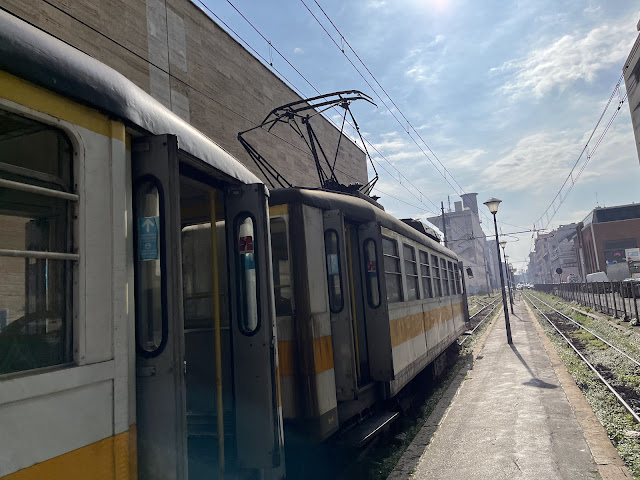
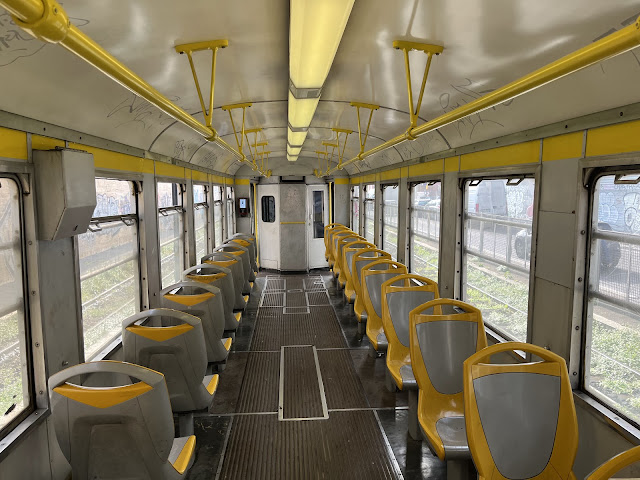




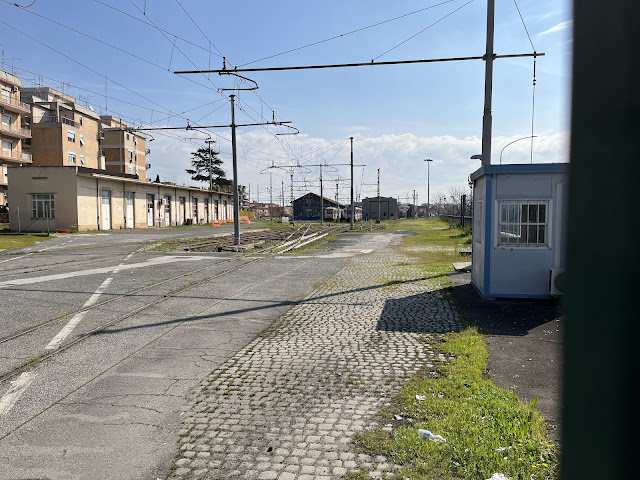
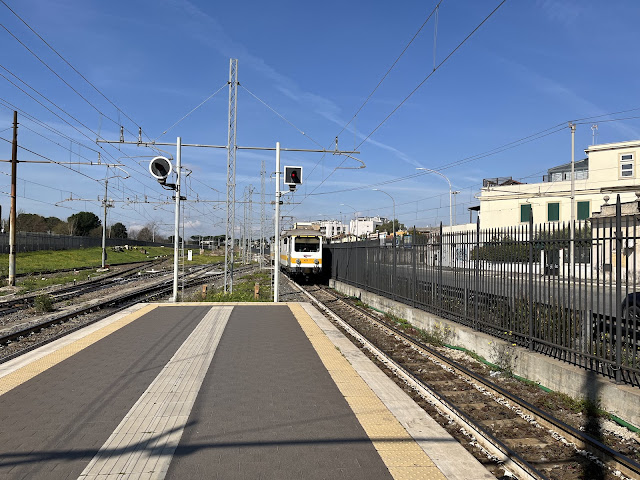


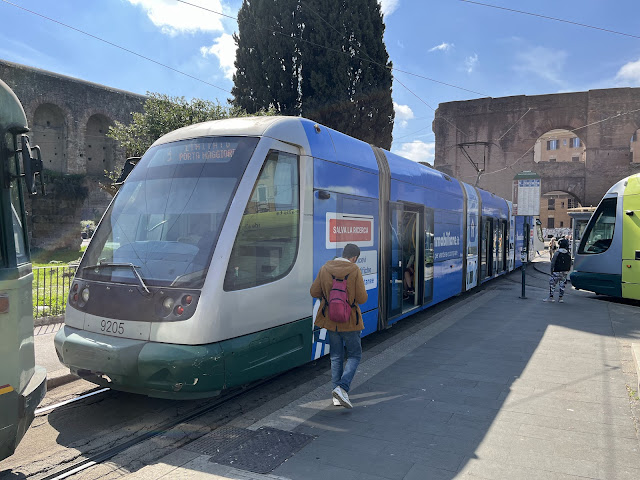



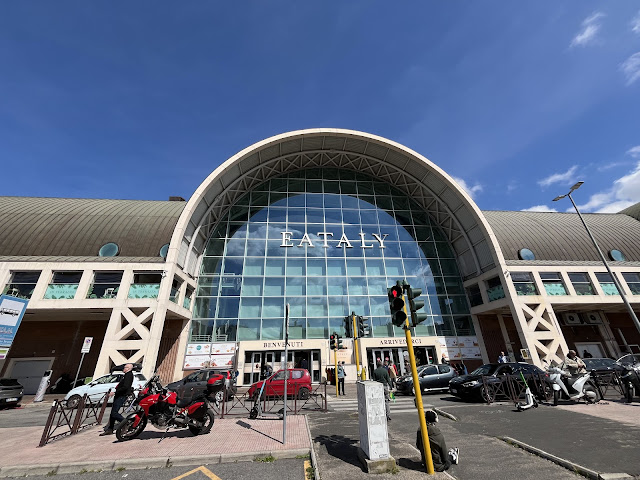







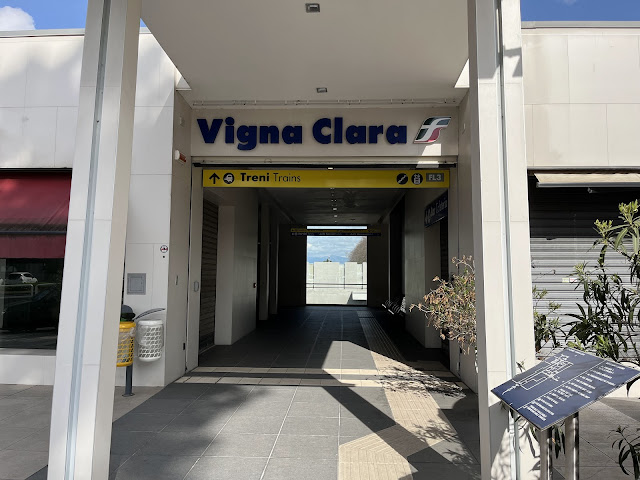



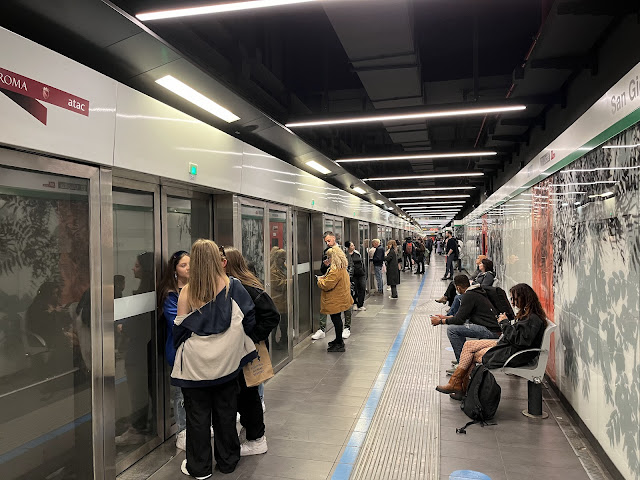















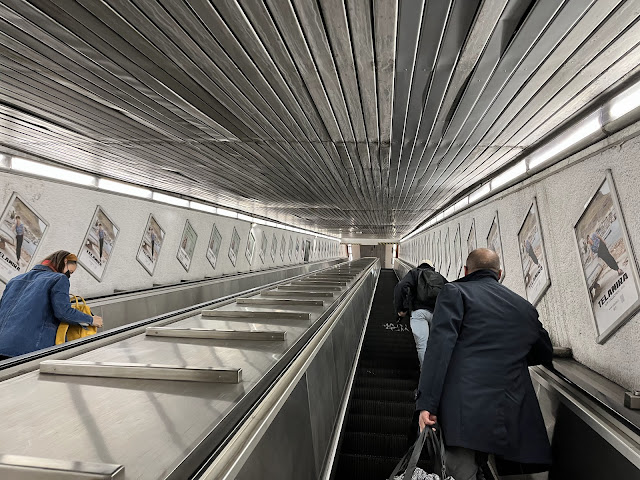
At least we see some colorful seats here, but those green ones remind me of the green chairs at MXP. The horribly stained green chairs at MXP. Oh dear, hopefully these aren't that bad, lol.
ReplyDeleteSome of these photos remind me of taking my Italian friend to some rougher Houston malls back in the day when she would visit. I would warn her ahead of time about these malls, but she never found anything to be wrong with them. Even dated Houston malls were far newer than many of the places she would visit in Italy, lol. Plus, at least back in the day, Almeda Mall had an ATM machine with an Italian option. She certainly didn't need it, but she liked it nonetheless, lol.
I've obviously never been to the Coliseum in Rome since I've never been to Rome, but I have seen the one in Verona which is quite impressive as well...and older too I think! I could tell the locals felt a bit of frustration that their Coliseum doesn't have near the international reputation of the one in Rome, but oh well. Northern Italy is much more famous for their importance to music history so at least there is that!
This is not really related to anything other than modern design in a more general sense. As you know, it is pretty rare for modern automotive designers to give interviews. Usually the company press executives speak for the designers and give nothing but meaningless marketing speak. Well, recently a Nissan designer did speak with well-known automotive blog and talked about Nissan's design strategy. They spent some time talking about the recently unveiled 2025 Nissan Kicks SUV. The Nissan designer admitted that the design inspiration for the Kicks was an American football helmet, football shoulder pads, and also athletic shoes.
While it is easy to facepalm about this design strategy (and the SUV does look like a football helmet...like many other SUVs...you may think of football helmets each time you see an SUV now!), I guess Nissan is the only one being honest about it. I'm sure they aren't the only ones using football helmets and other nonsense like that for inspiration. Anyway, I know you like design in general so maybe you'll get a 'kick' out of this admission! Link: https://www.autoblog.com/2024/03/30/alfonso-albaisa-nissan-design-less-corporate-design-more-charming/
Unfortunately, the seats on the very green trams were pretty gross too -- they have weird fabric inserts in the plastic seats and those have not held up very well!
DeleteYeah, Italy is full of run-down and abandoned infrastructure and buildings that are way worse than the typical American dead mall, so I'm not surprised an Italian didn't find them out of the ordinary!
I've never been to Verona (well, I know we went through there on one trip and maybe we stopped briefly, but I don't remember the city at all), but their arena is quite impressive! The coliseum is famous because it's the largest Roman amphitheater, but the Verona one is so much better preserved. Maybe I'll end up back in northern Italy again some day!